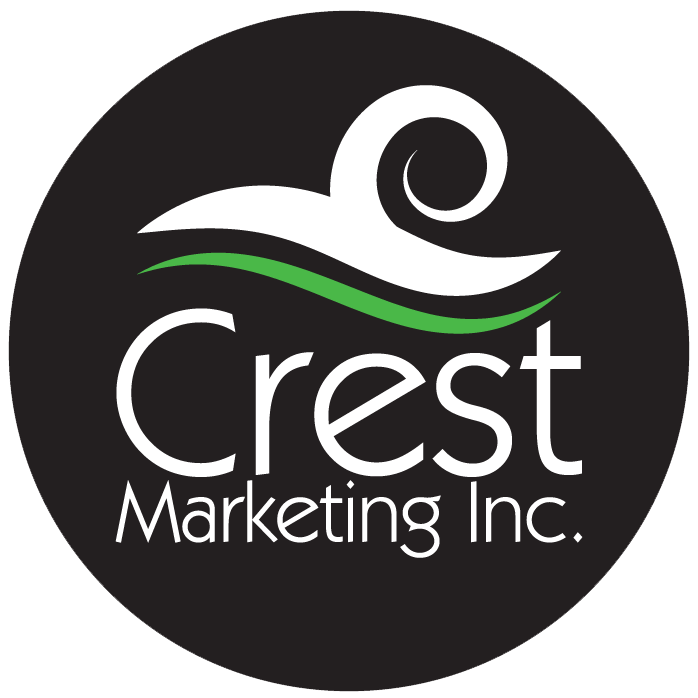One of my nonprofit clients has been struggling with the right way to show appreciation to their donors when “Thank you” may not seem enough.
So how do we say Thank you like we mean it?
My initial gut reaction included the typical phone call, thank you letter, little gift, mention… but what is the right way to say thank you?
I won’t discount these tried and proven methods, but I can tell you that I am personally a bit “meh” on some of them. And maybe it’s because we all feel appreciation in different ways…
I take that back. I am absolutely positive we all feel appreciated in different ways. So, this is what I told my client: Connect informally and ask 4-8 donors 1) Why did you donate? 2) What do you hope to get out of you donation (for you or others)?, 3) Why donate to us?, 4) What would it take to make you feel appreciated?
Among our clients and donors, we all have a “Katy,” a “John,” and a “Lucy.” What I mean is that our clients and donors do not have one single personality. They each come to us for a different reason, and they each have their own expectation of an appropriate form of appreciation. How does Katy feel appreciated? John? Lucy? You probably come up with very different answers.
Start there. But if you need more, consider renowned author/therapist Dr. Gary Chapman’s assertion: There are Five Languages of Love and only one or two of these speak to each of us. We can spend our entire promotional budget on pens, fans, and visors, and only a small group of our donors or clients might see a value in these. Or we might print a gratitude edition newsletter and only a few will pick it up; others may frame it or post it on Facebook. While Dr. Chapman’s book originally was written in an effort to help families and marriages, his teachings extend to the workplace.
Here is my loose description and interpretation of these Languages of Appreciation. I am sure you will have your own interpretations, but in essence, our clients and donors will feel appreciated when we choose a language that speaks to them personally:
- Words of Affirmation – She identifies with compliments. A compliment or public mention can go a long way
- Quality Time – He values your undivided attention. Don’t take a meeting or phone call casually. Try a lunch or coffee.
- Receiving Gifts – It’s not the gift, but the thought behind it. Consider a gift for a birthday, anniversary or contribution milestone.
- Acts of Service – Give them extra help. In my world, that might mean coordinating a delivery, etc.
- Physical Touch – If appropriate, a hug, pat on the back, fist bump, shaking hands, or high five may be significant.
Bottom line, try to learn the language that applies to your individual clients/donors so they will hear and Feel your appreciation.
Until next time,

Recent Comments